Leaders must commit to change if diversity efforts are to work | Free to read

Roula Khalaf, Editor of the FT, selects her favourite stories in this weekly newsletter.
This article is part of the FT’s Rebooting the Workplace series, asking prominent thinkers, policymakers and workplace experts to examine the biggest questions of the post-pandemic moment.
After more than three decades spent observing or participating in the hiring process in journalism and higher education, I have recognised a simple truth: people hire from their own small social and professional networks. In the case of the two realms in which I have worked during my professional life, these networks are disproportionately and overwhelmingly white.
Despite the depth and breadth of diverse talent in cities such as New York and Atlanta, many companies across all sectors continue to claim that they can’t find any qualified black or Latino candidates. You can fill in the profession: journalism, engineering, finance, film, design, and so on.
While this is not surprising, this simple truth has had a profound impact on workplace diversity. The rigidly segregated worlds in which most of us live is reproduced in homogeneous workplaces and the acute under-representation of non-white professionals. This problem, whether stemming from human nature or discomfort with people whose experiences and world views fall outside of the white cultural mainstream, requires intentional interventions if institutions are to conquer the systemic lack of diversity.
History shows that without outside pressure — whether in the form of public protests, government policies, or lawsuits — most institutions will continue to remain disproportionately white. Until the civil rights movement and the US urban unrest of the 1960s, most professional fields had remained almost exclusively white. However, in more recent decades, despite evidence to the contrary, many continue to proceed as if the diversity problem can be solved without changing course.
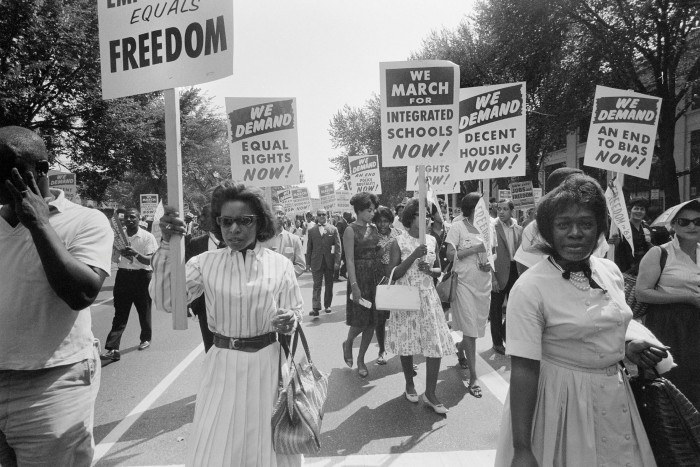
A half-century after the doors finally opened to minorities in the US, much of the progress that had been made has stalled in recent decades as a result of the backlash to diversity policies and to the prevailing sense, among many people, that society had overcome racial discrimination. Indeed, following the election of Barack Obama as US president in 2008, many had insisted that America had become a post-racial society.
Rebooting the Workplace
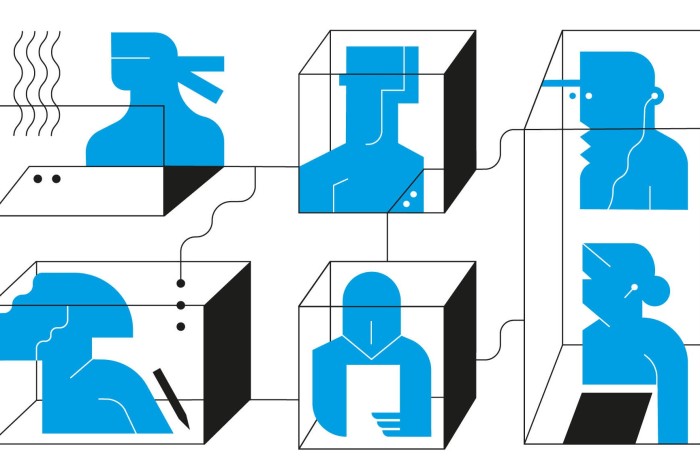
Prominent thinkers, policymakers and workplace experts examine the biggest questions of the post-pandemic moment — what will the future of work look like and how do we build it?
This is our big chance to create better workplaces
A radical prescription to make work fit for the future
September 21: Making management better for everyone
September 28: Work-life balance in the post-pandemic workplace
October 5: What is the new model for corporate leadership?
October 12: How do we make offices work for people?
October 19: Do we need workplaces?
Now, with attitudes shifting in the wake of the police killing of George Floyd, institutions seem poised to recommit themselves to diversity. The first step is recognising the need to change customary hiring practices that have consistently failed to move the needle. Human resources executives and others charged with diversifying the ranks must broaden their outreach to networks they have consistently overlooked, including professional networks of colour for practically every field, along with minority associations in graduate school programmes, including those at the US’s historically black colleges and universities.
In my book Diversity, Inc., published last year, I examined initiatives in corporate America, academia and Hollywood and why they had largely failed to increase racial diversity. I recounted how, following a landmark discrimination lawsuit settlement in 2000, Coca-Cola was able to overcome systemic bias among its professional ranks.
Essential to the change were transparent metrics — a clear-eyed examination of salaries, positions, opportunities and bonuses across racial and gender lines. Only then could managers detect and disrupt patterns of bias that had metastasised in unequal pay, promotions, bonuses and hiring along racial and gender lines. There was also a system of accountability, in which a task force oversaw its efforts to improve diversity in nine key areas: performance, management, staffing, compensation, education, equal employment opportunity, problem resolution, career development, succession, planning and mentoring.
The Future of Work
If you want to keep up to date with this series and other insights into the evolving post-pandemic workplace, add the Future of Work to your myFT Digest.
Steve Bucherati, who was then Coca-Cola’s global chief diversity officer, oversaw the process of system-wide quantitative analysis. “I wanted to do triage, not forensics,” he told me, noting how the data was accessed before job offers, bonuses, and promotions were finalised. “This would allow us to see disparities [and] who’s being negatively impacted.”
However, a 2019 Russell Reynolds survey of 234 S&P 500 chief diversity officers found only 35 per cent of them had access to company demographic metrics and more than half said they did not have the resources or support required to effectively do their work.
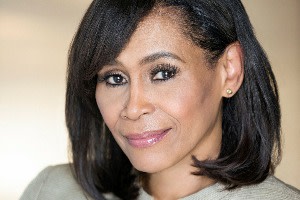
Moreover, while many companies seem more than willing to hire chief diversity officers, helping to shore up a multi-billion-dollar diversity industry, one of the most effective strategies for building and retaining diversity is mentoring. Due to a discomfort around race, however, many people of colour are deprived of the kind of support that is required for success.
I have not only experienced that kind of alienation but during talks at companies have seen evidence of the kind of racial awkwardness that keeps many from mentoring their non-white colleagues. At one event, a woman said she had worked in a company for five years but never speaks to black colleagues. When I asked why, she said she did not know what to say. At another event, a white executive earnestly asked if he, as a white man, could mentor a black employee.
Sadly, black colleagues are often viewed as aliens, rather than as fellow citizens and teammates. Ironically, the cure for this unease is diversity. Exposure to racially diverse peers will, over time, illuminate the degree to which people of different races have more in common than some believe. People on the same team with shared goals and incentives will do more to advance diversity than years of training programmes, consultants, racial climate surveys and other costly but ineffective measures ever will.
Pamela Newkirk is a professor of journalism at New York University. Her most recent book is “Diversity Inc: The Fight For Racial Justice in the Workplace”
Are you part of an employee network or resource group?
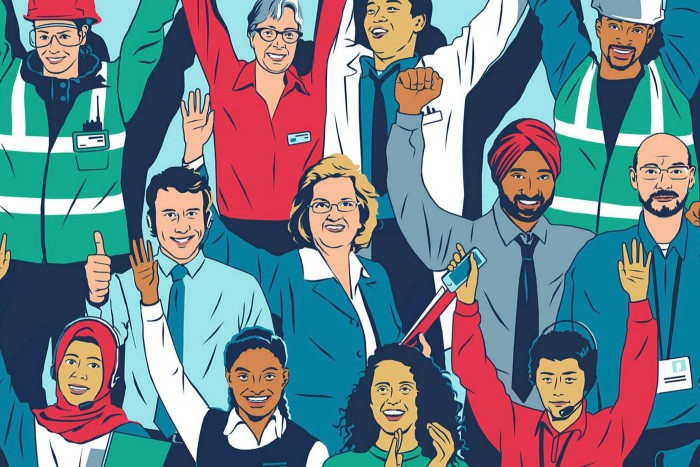
As part of our upcoming Diversity Leaders special report, we’d like to hear your views on the role such groups play in effecting meaningful change at companies in Europe. Please get in touch at reports@ft.com
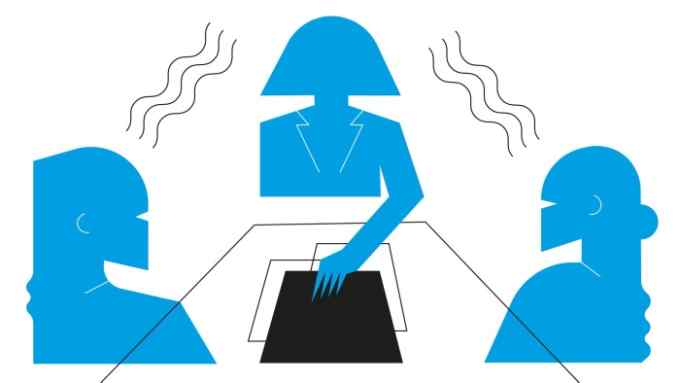
Comments